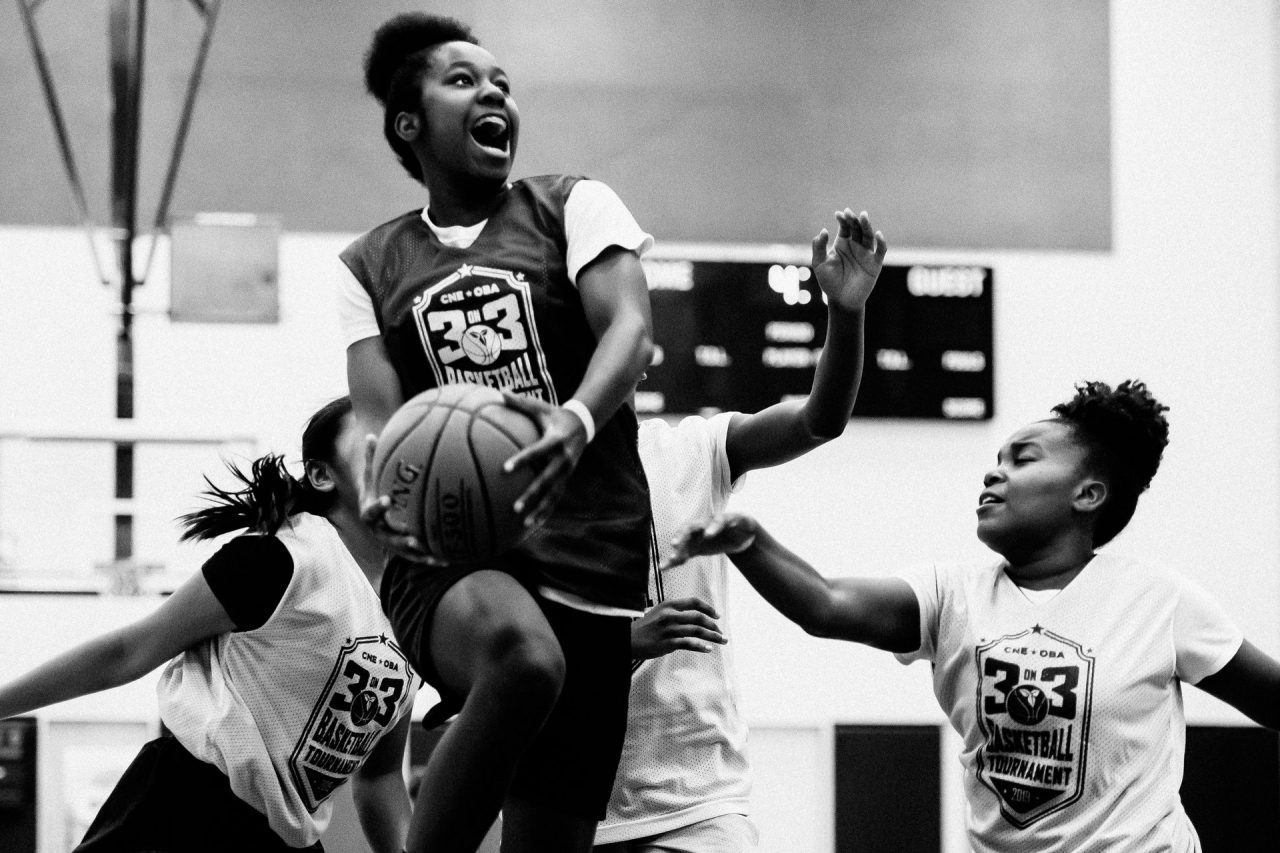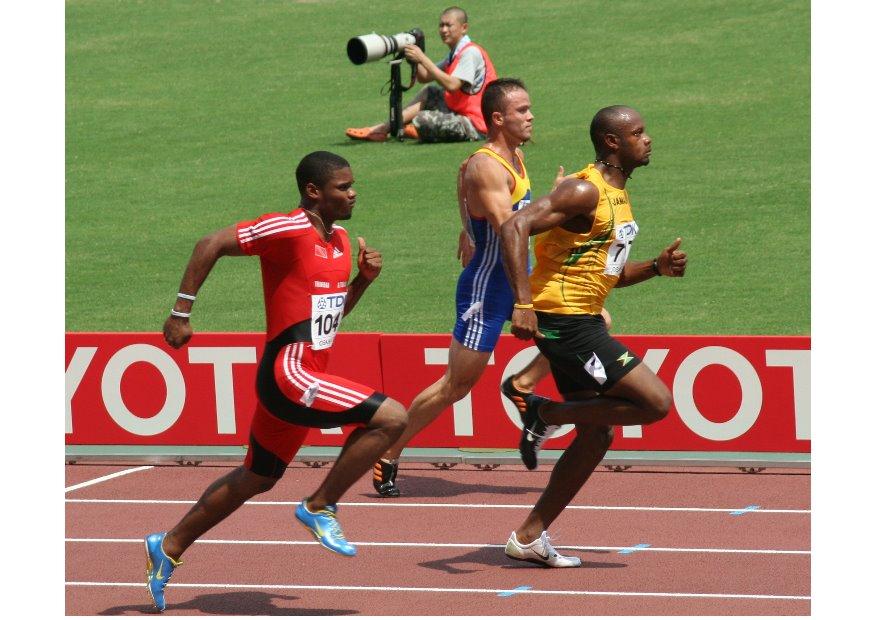Power is the ability to apply strength quickly. Think of it as an application of strength. Most sports skills are about power; sprinting, jumping, changing directions, throwing, kicking, hitting, etc. This makes power an important part of an athlete’s strength and conditioning program.
There are several important tools to develop an athlete’s power. All of these tools are effective. The best programs use a combination of all of them!
Increasing Strength
If power is about expressing strength quickly, then developing strength is important for power. This should be a year-round focus. Squats, pulls, hip hinges, presses, and rows should form the foundation of a strength development program.
This needs to be addressed on a weekly basis. With team settings I find it’s best to devote a day of the week and focus on strength development. This doesn’t necessarily mean super heavy training, but it means take a day out of the week, focus on the above lifts, and train it at 80% plus depending upon the time of year. In other words, take an undulating periodization approach. I personally like to use Monday’s for this, but everyone is different.
Olympic Lifts
The variations of the Olympic lifts are all about a heavy lift being done in a very short period of time. They are done standing up, involve exerting force against the ground, and use most of the muscles of the body. As a result these are a mainstay in a strength and conditioning program to develop power.
These can be as complicated or as simple as your situation dictates. For example, not everyone needs to snatch. Maybe cleans and jerks are enough. On the other hand, pulls work just as well. If you as a coach are not comfortable coaching the actual lifts or their power variations, focus on pulls instead – you get the explosive part of the lift without a lot of the technical headaches.
What follows are some sample Olympic lift sessions, ranging from complex to not so bad, depending on what works for you as a coach and your available equipment:
Session One:
Snatch, 3x3x60%
Clean + Jerk, 3×3+2×70%
Clean Pulls, 3x6x75%
Session Two:
Power snatch, 3x3x60%
Power clean, 3x3x60%
Push jerk, 3x3x60%
Session Three:
Snatch pulls, 3×6
Clean pulls, hang, above the knee, 3×6
Jerk drives, 3×3
Plyometrics
Various types of jumps; can be done vertically or horizontally depending on what you want to train. These exercises typically require a strength base for both safety and effectiveness. These should be done weekly and probably paired with the Olympic lifting workout mentioned above. Again, jumping and landing are skills and this needs to be a year-round focus.
Throws
Technically these are plyometrics, but I like to put these all by themselves. Different types of throws can be done to help teach the application of strength. They can be for distance or they can be reactive (catch and throw back quickly). In addition they can be used to develop horizontal power, vertical power, and also involve rotation.
All three types of power exercises (Olympic lifts, plyos, throws) can be put together for a power training session. I always think it’s best to group the training sessions around training a quality (for example, strength, or power, or acceleration, or…). Below is an example:
Power snatch, 3x3x60%
Power clean, 3x3x60%
Vertical jump, 10x
Standing long jump, 5x
Medicine ball, behind back toss, 10x
Treat power as a skill. This means it should be trained a little all year long, and not just for a few weeks prior to the season. The ability to apply one’s strength is really important for sport success and it is something that athletes have to learn – so like any skill practice is required. Like with strength, I think one session a week should be focused on power training. With this in mind, a sample three day/week training session in a team sport setting might look like:
Day One: Strength
- Back squats
- Deadlifts
- Bench press
- Bent over rows
- Standing military press
Day Two: Power
- Power snatch, 3x3x60%
- Power clean, 3x3x60%
- Vertical jump, 10x
- Standing long jump, 5x
- Medicine ball, behind back toss, 10x
Day Three: Hypertrophy
- Front squats 3x6x70%
- Superset: Lunges and Romanian deadlifts, 3×8-12 each
- Superset: Split squats and back raises, 3×8-12 each
- Superset: Dips and pull-ups, 3×8-12 each
- 3-in-1 shoulders, 3×10 each
- Superset: Triceps and biceps, 3×12-15 each
Revised July 5, 2024



